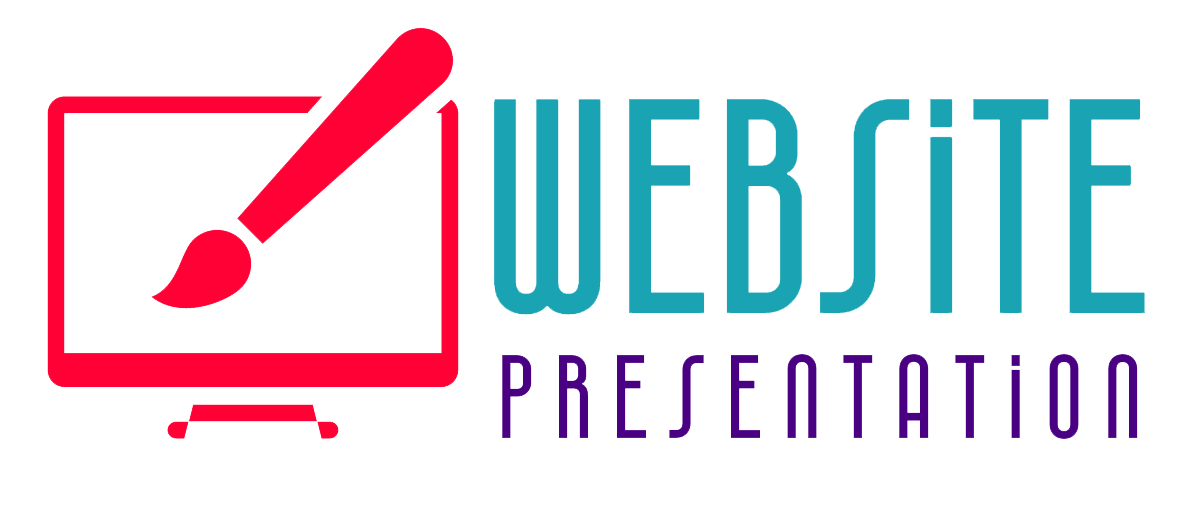In the dynamic and ever-evolving world of web design, it is crucial for designers to not only create visually stunning and functional websites but also effectively manage their budget. As professionals who deal with clients and present their designs, it is essential to understand how to efficiently allocate resources and maximize the value delivered to clients. Here, we will explore specific strategies and tips to help you successfully manage the budget for your web design proposals.
1. Clearly Define Project Scope and Objectives
One of the primary reasons for budget overruns in web design projects is the lack of a clear project scope and objectives. Before embarking on any project, ensure that you have a detailed understanding of what the client wants to achieve and what deliverables are expected. Clearly define the project’s scope, including the number of pages, features, and functionalities required. This will enable you to accurately estimate the resources and time needed, preventing unexpected budgetary surprises down the line.
2. Research and Understand the Client’s Expectations
To effectively manage your budget, it is essential to understand your client’s expectations from the very beginning. Take the time to research their industry, target audience, competitors, and any specific design preferences they may have. By doing so, you can tailor your proposal and allocate the budget towards meeting their specific needs. This will help you avoid unnecessary revisions and save both time and money.
3. Break Down the Project into Milestones and Phases
Divide your web design project into manageable milestones and phases. This approach not only helps you stay organized but also allows you to allocate resources more effectively. By breaking down the project, you can set realistic timelines and budgets for each phase, ensuring that you deliver quality work within the allocated time and budget constraints.

4. Conduct Thorough Research and Planning
Before diving into the design process, conduct thorough research and planning. Understand the latest web design trends, technologies, and tools that align with your client’s requirements. This will help you streamline the design process and avoid costly revisions later on. Additionally, create a detailed project plan with timelines, tasks, and estimated hours for each phase. By planning ahead, you can identify potential bottlenecks and allocate resources accordingly, preventing unnecessary budget overruns.
5. Collaborate and Communicate with Clients
Effective collaboration and communication with clients are vital to managing the budget efficiently. Regularly engage with your clients, keeping them informed about the progress, challenges, and any potential changes that may impact the budget. By maintaining open lines of communication, you can address any concerns or issues promptly, avoiding costly rework or scope creep. Additionally, seek feedback from clients at key milestones to ensure that the project is on track and aligned with their expectations.
6. Present Designs Effectively
Presenting your designs effectively is key to gaining client approval and avoiding unnecessary revisions. Use visual aids, such as high-quality mockups or interactive prototypes, to showcase your ideas. Clearly explain the design choices you made and how they align with the client’s goals. By presenting your designs in a professional and persuasive manner, you can increase the chances of client satisfaction and minimize potential budget concerns.
7. Prioritize Features and Functionality
Not all features and functionalities are created equal. Prioritize the elements that are critical to achieving the project’s goals and focus your resources on them. By prioritizing features, you can allocate your budget more effectively, ensuring that the essential components are implemented to perfection while keeping unnecessary expenses in check. This approach allows you to deliver a high-quality product within the allocated budget.

8. Leverage Templates and Frameworks
To optimize your budget, consider leveraging templates and frameworks. There are numerous pre-designed templates and frameworks available that can significantly reduce design and development time while maintaining high-quality standards. By utilizing these resources, you can allocate more time and budget to customizing and refining the design to meet your client’s specific needs.
9. Consider the Value of Your Expertise
While it is essential to work within the client’s budget, it is also important to consider the value of your expertise. Do not undersell your skills or compromise the quality of the design simply to fit a tight budget. It is important to strike a balance between meeting the client’s requirements and delivering a high-quality product. Educate clients on the value that your experience and expertise bring to the table.
10. Track and Analyze Expenses
Maintaining a meticulous record of expenses is crucial for budget management. Utilize project management tools or spreadsheets to track the actual costs incurred during each phase of the web design project. Regularly analyze your expenses to identify any deviations from the initial budget and take corrective measures accordingly. This proactive approach will help you stay on track and make informed decisions to prevent budget overruns.
The Bottom Line
In conclusion, efficiently managing the budget for web design proposals is vital for successful client engagements and the overall profitability of your design business. By following these specific strategies and tips, you can effectively allocate resources, deliver quality work, and exceed client expectations while staying within budgetary constraints. Remember, clear communication, thorough planning, and prioritization are key to achieving budgetary success in your web design projects.







